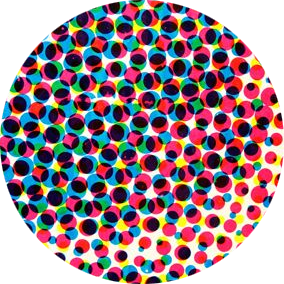George Pérez and the Classical Narrative Style

In “George Pérez and the Classical Narrative Style” scholar Marc Singer breaks down the genius of Pérez’s style and seeks to account for the critical neglect that the legendary illustrator has received from comics scholars, despite a legendary career output. #TeenTitans 1/7




This neglect is, for Singer, tragic, given Pérez’s innumerable contributions to the medium of comics. He notes: “Pérez’s comics are exemplars of the Bronze Age style, which favors information density (both visual and textual), emotional connection,…” 5/7

“…and a set of formal practices that adapt page and panel layouts to match their contents in a manner akin to classical Hollywood cinema, deploying formalism for narrative purposes.” 6/7

“Indeed, this is perhaps the ultimate reason for the scholarly neglect of Pérez’s work, for he spent much of his career refining a mode of visual storytelling whose primary goal is to efface itself from critical notice.” 7/7
